Overview
Size
Population: 3600 people [see Map 1]
Land size in acres: 163.15 [see Map 2]
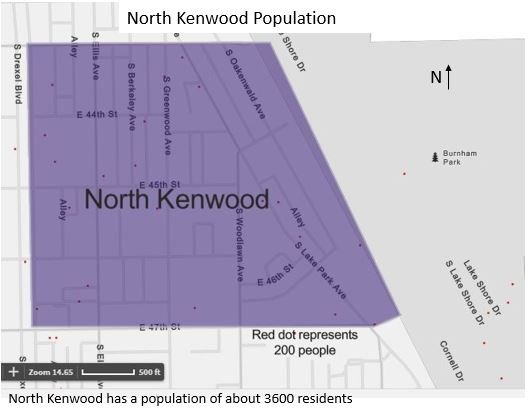
Identity
The residential area bounded by 43rd street, 47th street, Cottage Grove and Lake Shore Drive has a distinct sense of unity throughout the entire area in terms of walkability, housing style and structure, and natural environment. It all appeared to be one continuous community. Despite this, the neighborhood does not seem to have a visible sense of identity as the “North Kenwood community”. Although the area includes parks, schools ranging from elementary grades to high school, churches, shopping centers, as well as a community health center, none of these structures made reference to the neighborhood of North Kenwood [see Images 1-5]. Names, particularly of parks and schools, seemed to come from the larger city not the local residents. There was one sign that designated the neighborhood as a Chicago Historical District.
The neighborhood has a very residential feel to it. Walking through on a Saturday morning, it is easy to run into one or two others entering or leaving a community center, school or church. The houses are well-kept and most house single families, although there is also a large number of small estate apartments on each block. The entire community is quite small, taking perhaps forty-five minutes to walk around the border of the neighborhood. This size adds a sense of closeness to the neighborhood, a sense that is heightened by the traffic heavy streets that line North Kenwood on both its East and West boundaries. There is a distinct entrance into the southern neighborhood of Kenwood due to the change in scenery; Kenwood is marked by small mansions, large yards, and wider streets.
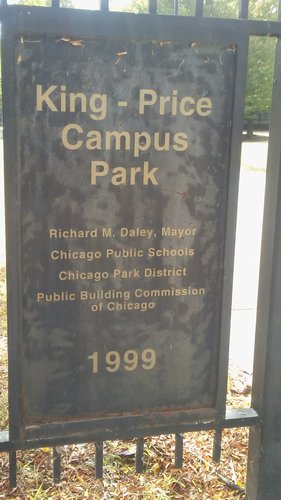
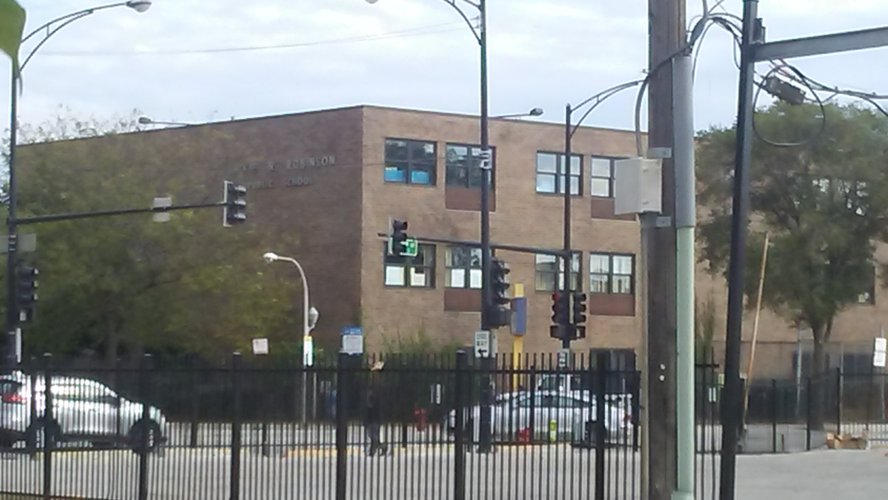
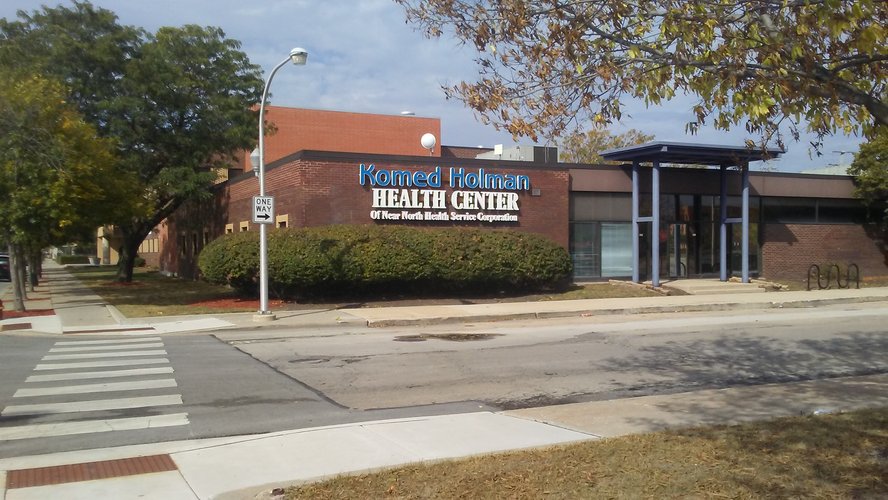
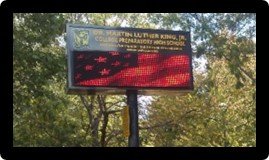
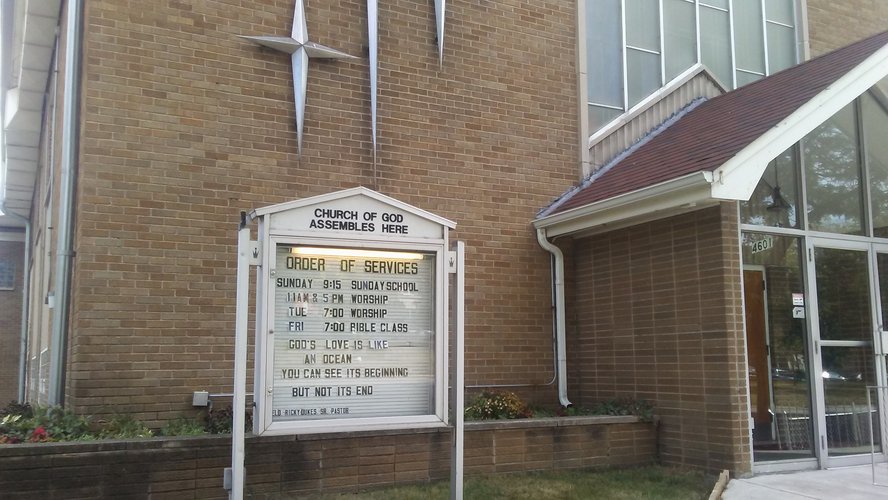

Layers
The neighborhood has a variety of different geography delineations running through it. It is part of two congressional districts and three census tracts.
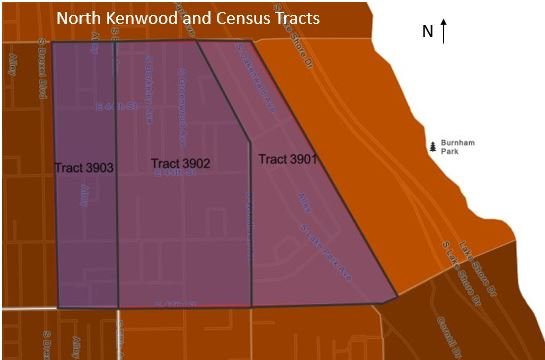
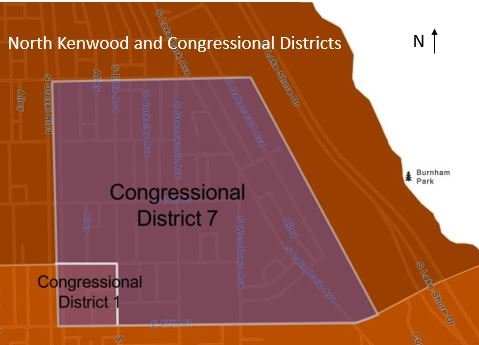
Community centers range from schools to parks to churches. All centers are easily accessible from anywhere within the neighborhood by walking.
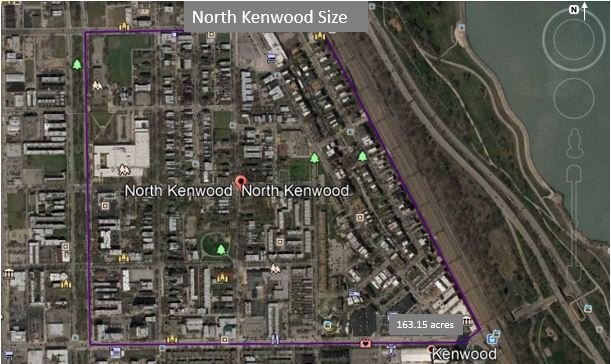
Diagram
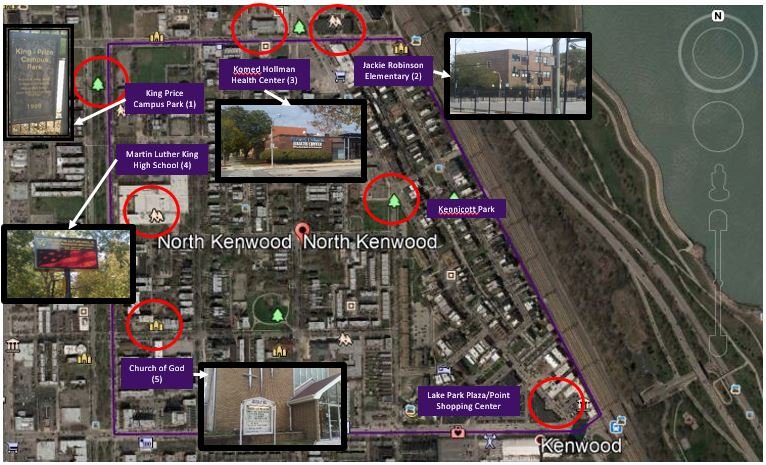
History
North Kenwood and Kenwood were once one
community spanning the region from 51st street to 43rd street and Cottage Grove
to Lake Park. The name Kenwood comes from the first settler of the land. Dr.
John Kennicott bought the region in 1856 and named it after his Scottish family
home. Cradled between Oakland and Hyde Park, the slowly developing Kenwood had
a distinct feel to it that was less urban than surrounding areas. For years,
its population was primarily from the upper socioeconomic class that included
many of Chicago’s innovators and builders. It was reputed as the aristocratic
neighborhood of Chicago.
As Chicago grew, Kenwood was slowly urbanized.
Small houses, in contrast to the mansions of the past, were included all
throughout the community, apartment building were constructed, and older homes
were torn down. The population diversified and the African American population
grew in the northern side of the community.
After the clearing of Lake Meadows Housing complex
in the late 1940s, a high rise to the north of Oakland and Kenwood, this black
population increased significantly.
North Kenwood was separated from its southern entity mainly as a result of urban renewal in the southern region. The division into two separate communities occurred in the 1950s.This splitting came due to similarities of the population of now-Kenwood to that of affluent Hyde Park directly below it, the community that houses the University of Chicago. The community north of 47th street, which would become North Kenwood, contained a lower-income population that the University did not want to associate with itself. Kenwood was designated a Historical District in 1979, a city action that prevented the demolition of buildings in the community. Therefore, through the clearing, rebuilding and protection of Kenwood, the neighborhood was firmly distinguished from its Northern neighbor. Although Kenwood prospered due to the investment and improvement, North Kenwood suffered from the neglect. The result was fires, house clearance and demolitions, and gang activity.
Eventually, due to neighborhood pressure on the city, in 1988, the Kenwood-Oakland Neighborhood Planning Committee was established. Two years later, North Kenwood-Oakland was named a conservation area by the city and the city appointed members to a conservation community council for North Kenwood. With the creation of the Kenwood-Oakland Community Organization (KOCO) and their active involvement in the maintenance of the two neighborhoods the North Kenwood neighborhood is slowly returning to its reputable state physically. Just as importantly, it is finally receiving the attention from the city that it needs.
Sources:
Socialexplorer.com [Map 1-3]
Google Earth Pro [Map 4-5]
https://www.chicagoreader.com/chicago/the-plot-to-destroy-north-kenwood/Content?oid=882980
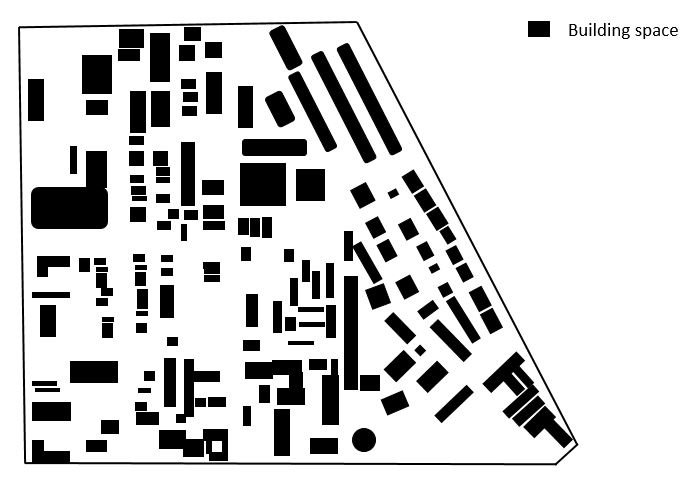
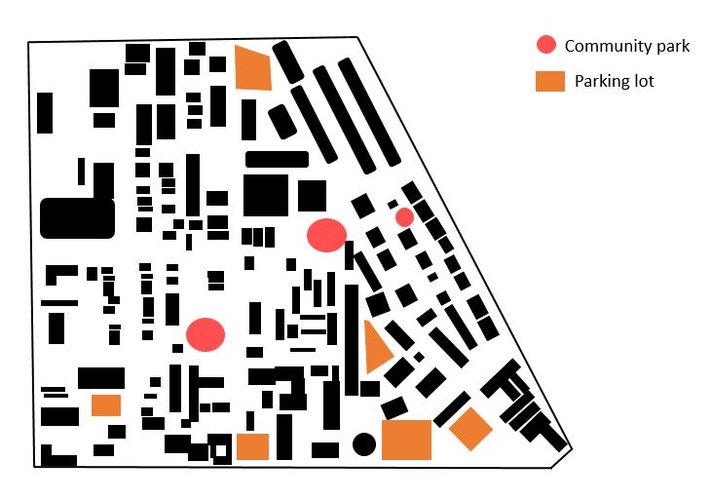
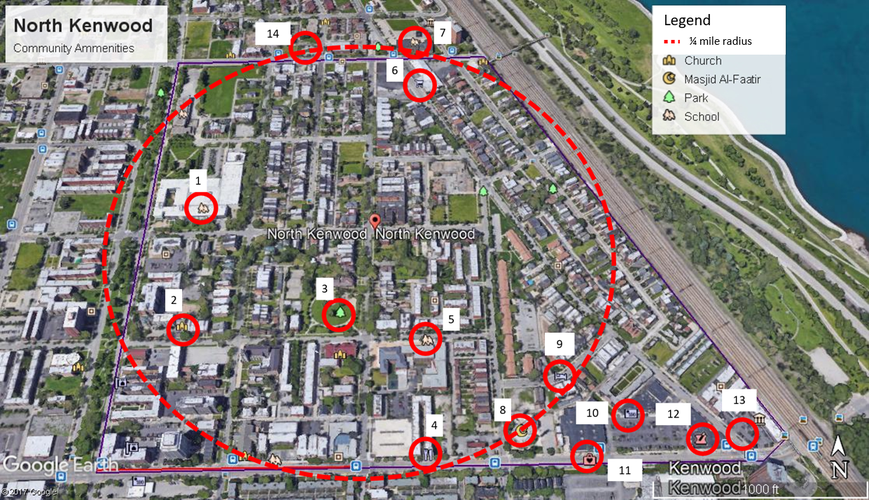
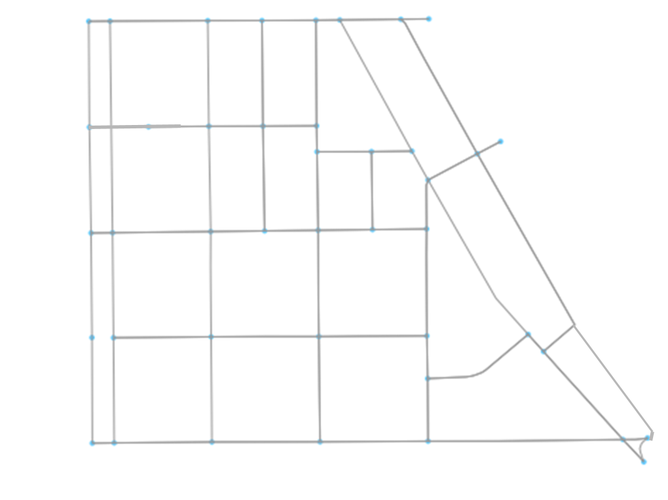
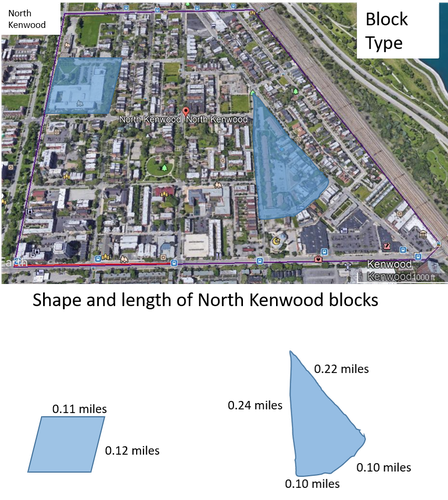


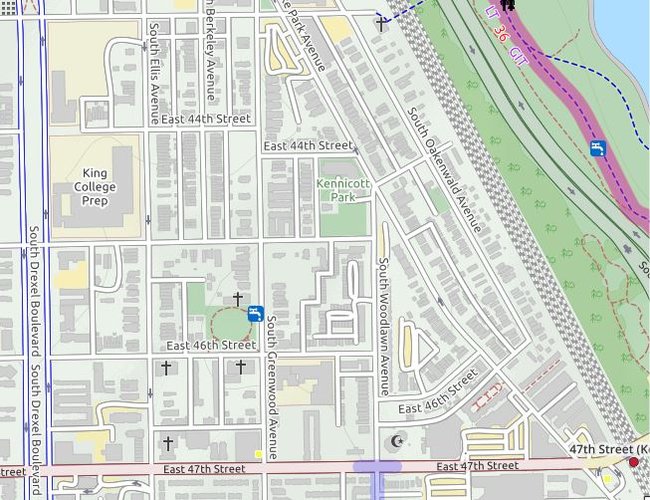
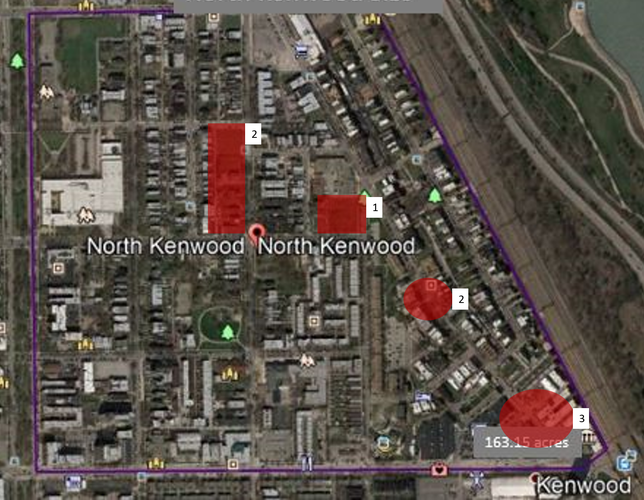

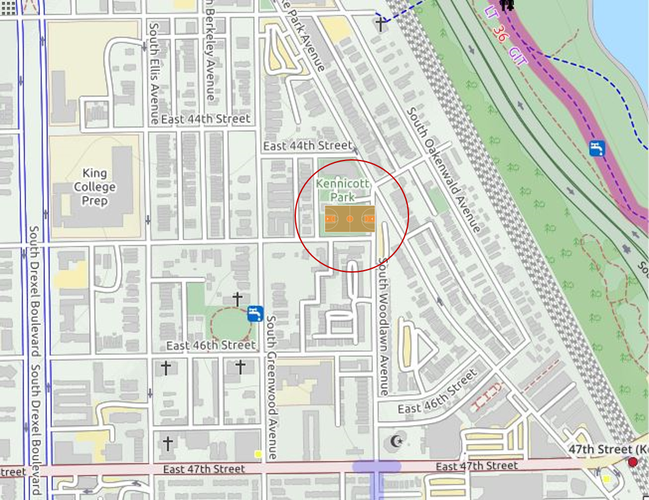

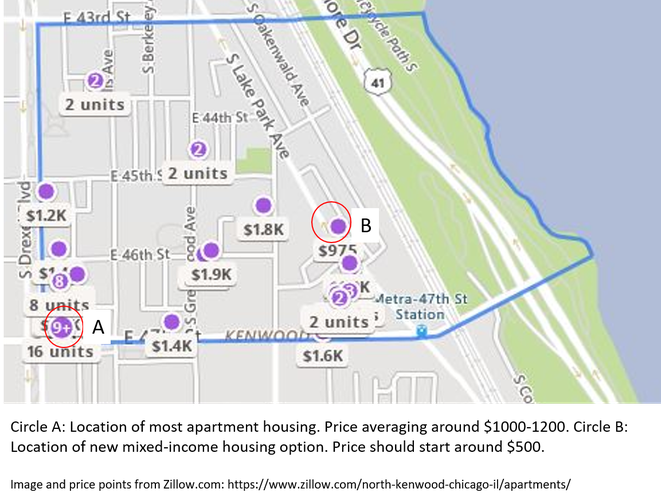
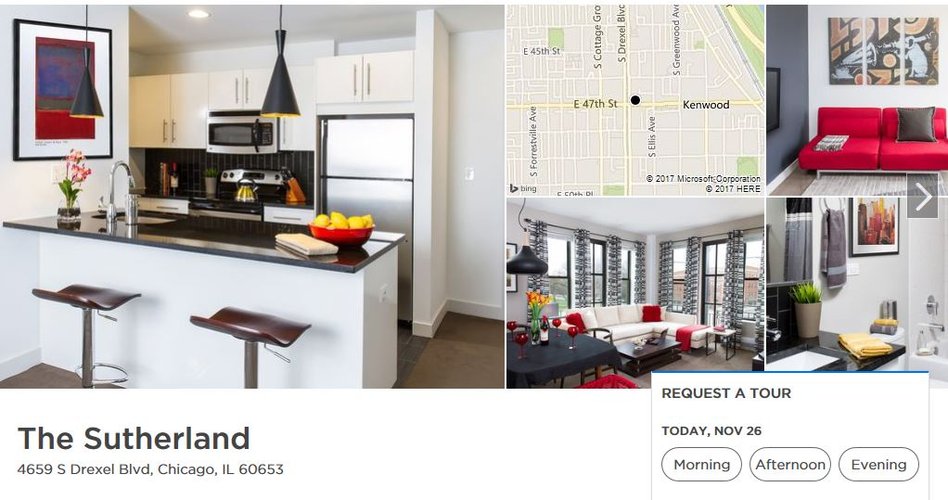
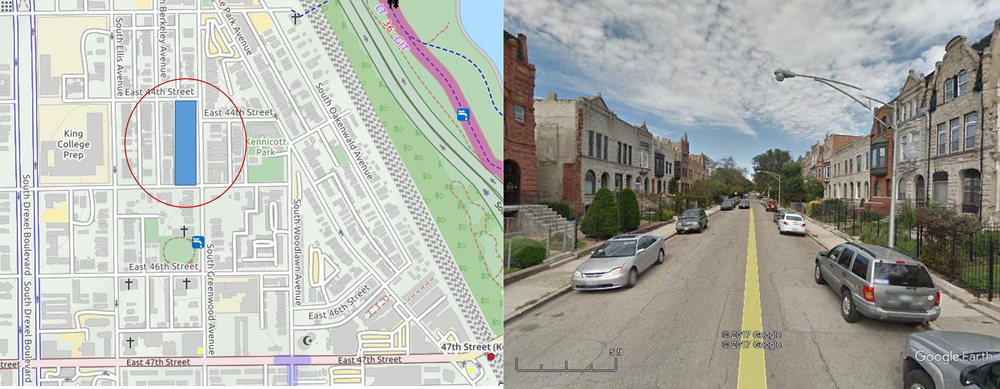

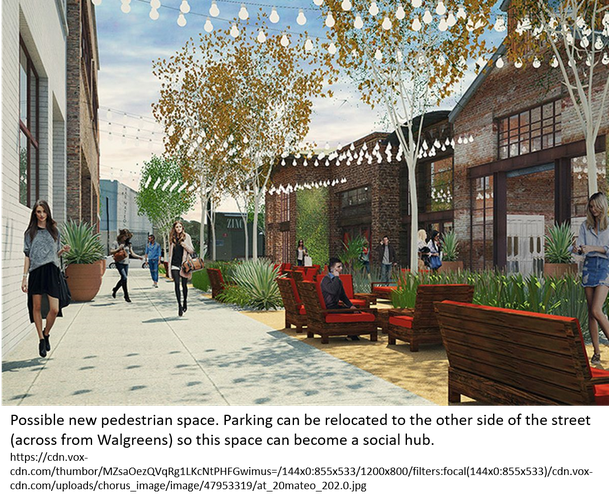
Social Mix
The Simpson Diversity index is a calculation tool that shows how diverse a population sample is. Given a particular number of categories, the lower the Simpson Diversity Index, the less diverse the population while the higher the index score, the more diverse the population. Therefore, an index score of 1 indicates that the entire population lies in one category while an index score equal to the number of categories present indicates that the population is split evenly between all categories and is therefore maximally diverse.
Age (5 categories)
Under 10 years
11-17 years
18-34 years
35-64 years
65 years and over
Race (7 categories)
White
Black
American Indian and Alaska Native Alone
Asian Alone
Native Hawaiian and Other Pacific Islander Alone
Some other Race Alone
Two or More Races
Education Level (7 categories)
Less than High School
High School Graduate
Some College
Bachelor’s Degree
Master’s Degree
Professional School Degree
Doctorate Degree
The neighborhood of North Kenwood is not as diverse as would be ideal. In terms of age, North Kenwood is not very diverse although it does follow the diversity trends of the Southside region and Chicago area. The most common age group is 35-65 years, which matches the city’s demographics. Although the Simpson Diversity Index shows that North Kenwood has a similar racial spread as that of the Southside region, we see less diversity within the neighborhood than the diversity found in the entire city. The North Kenwood neighborhood and Southside of Chicago is almost 90% black with a white population making up most of the remaining 10%. This is in contrast to the city, which is about 56% white and 24% black. Hence, even though all three regions are not racially diverse, they have very different racial make-ups. North Kenwood’s most diverse category is in level of education. This matches closely with both the Southside region and the city. In North Kenwood and the city of Chicago, the most common education level is Some College or More.
Overall, North Kenwood, is diverse educationally but not in age or race.
Sources: Socialexplorer.com for demographics information.